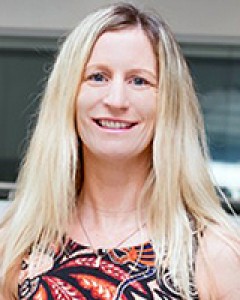early abstract:
Introduction: Physical activity across the lifespan is essential to good health but participation rates are generally lower in rural areas and among Aboriginal Australians. Declines in moderate-to-vigorous physical activity (MVPA) commence before adolescence but descriptive epidemiology of patterns of physical activity among Aboriginal children is limited. MVPA variation by season, setting and type at two time points among rural Aboriginal and non-Aboriginal Australian children was examined.
Methods: Children aged 10-14 years in 38 schools in two rural New South Wales towns during 2007/8 (T1) and 2011/12 (T2) self-reported time spent engaged in MVPA for different types, settings and seasons, totalling 14 components: organised; non-organised; club; school; travel to/from school; after school; weekend; in both summer and winter. Linear Mixed Models assessed MVPA mean minutes and 95% confidence intervals (CIs) for Aboriginal and non-Aboriginal children and between-group mean differences over time.
Results: A total of 1545 children (246 Aboriginal) at T1 and 923 children (240 Aboriginal) at T2 provided data. Overall MVPA, travel to/from school (summer and winter) and after-school activity (winter) declined over time in both groups (≤0.005). Significant declines occurred in non-organised, school (summer and winter) and organised (winter) activity among Aboriginal children only. There were differences according to Aboriginality from T1 to T2for school (summer and winter; p<0.001), weekend (summer; p=0.02) andwinter organised (winter; p<0.001) activity.
Conclusions: While overall physical activity declines occurred between 2007/8 (T1) and 2011/12 (T2) in both Aboriginal and non-Aboriginal rural-dwelling children, declines in particular components of physical activity were greater among Aboriginal, compared to non-Aboriginal, children. A multi-strategic, holistic approach to increase physical activity during the critical time of adolescence is necessary.

